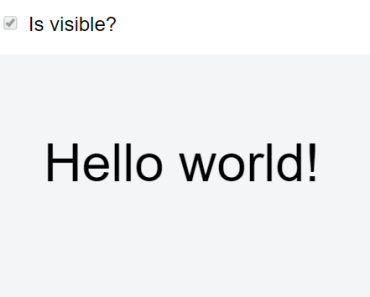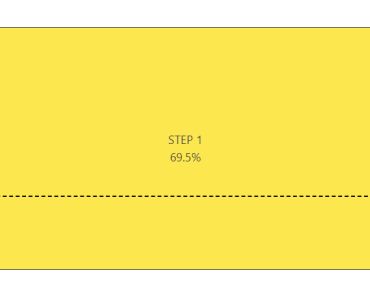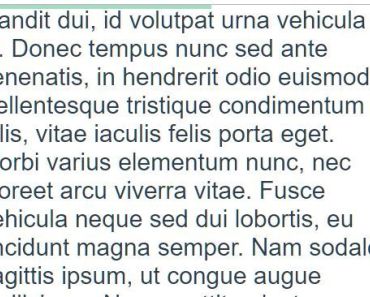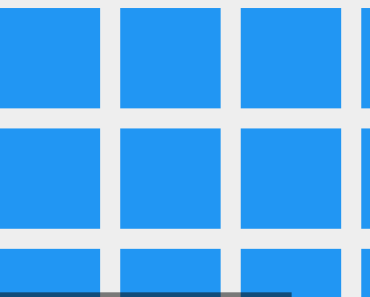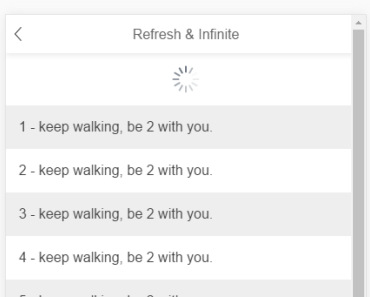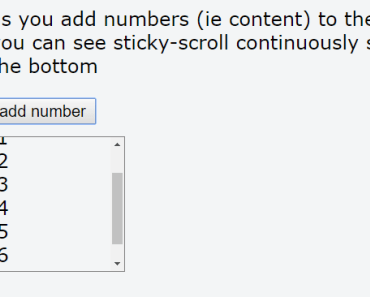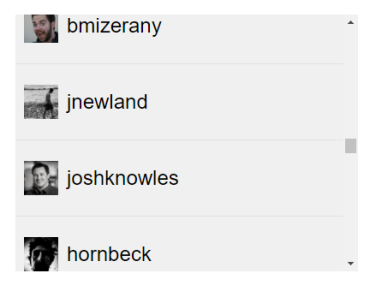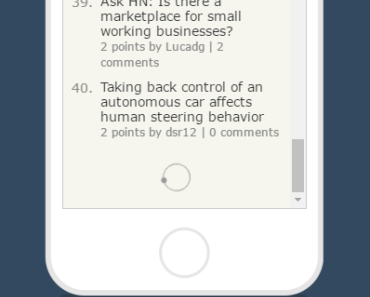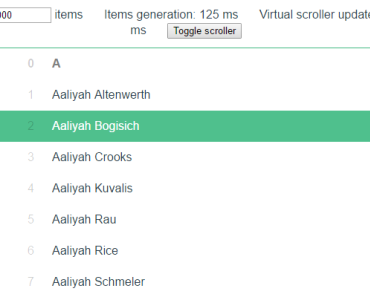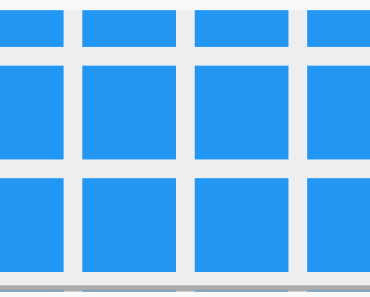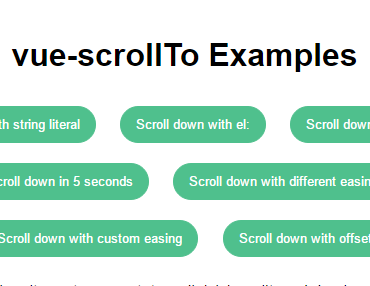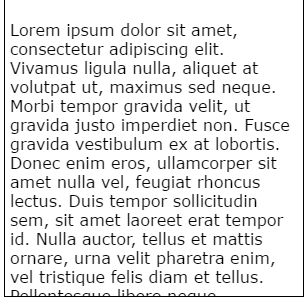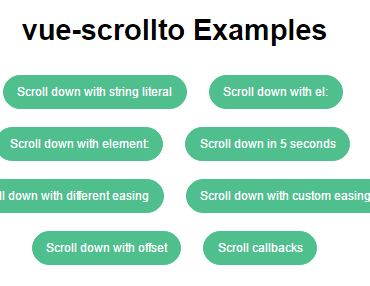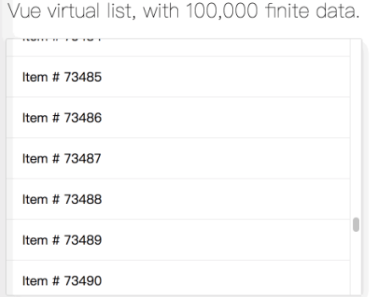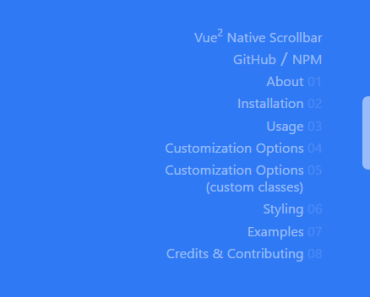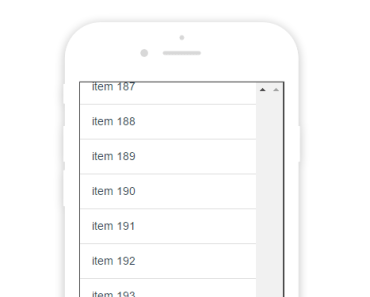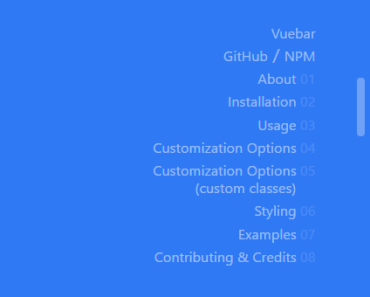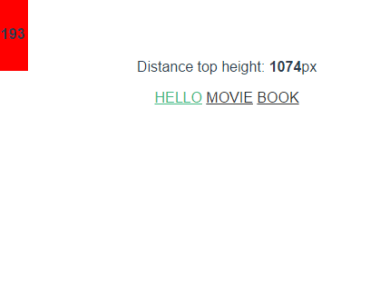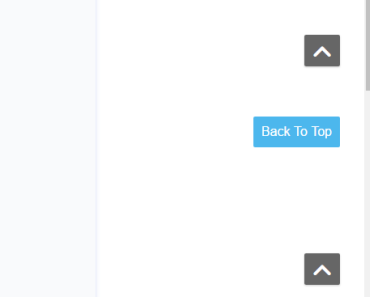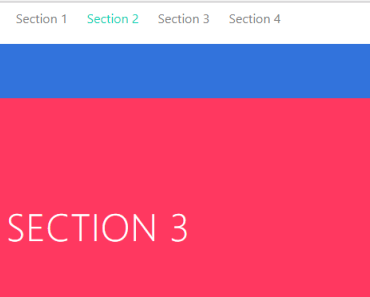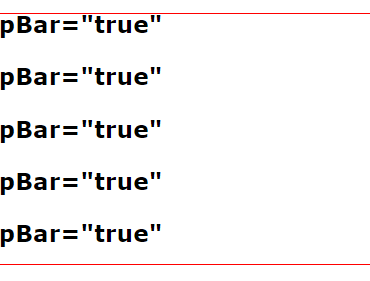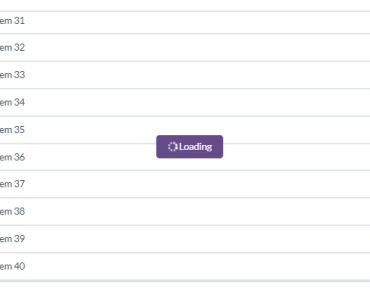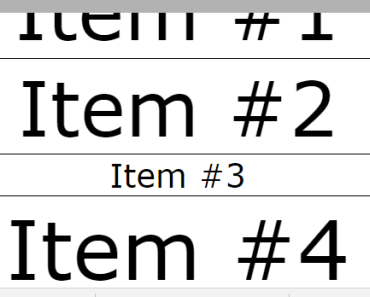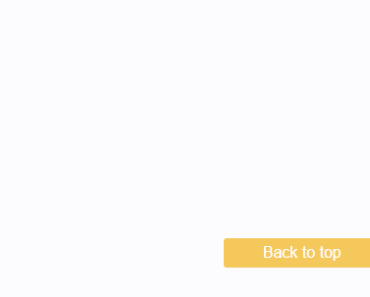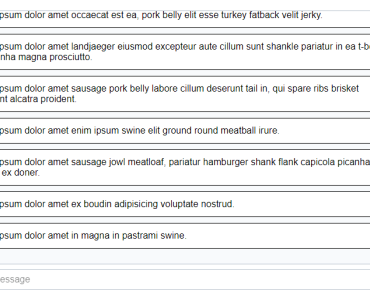vue-observe-visibility
Detect when an element is becoming visible or hidden on the page. Demo
Sponsors
Gold
Silver
Bronze
Table of contents
Installation
npm install --save vue-observe-visibility Import
import Vue from 'vue' import VueObserveVisibility from 'vue-observe-visibility' Vue.use(VueObserveVisibility)Or:
import Vue from 'vue' import { ObserveVisibility } from 'vue-observe-visibility' Vue.directive('observe-visibility', ObserveVisibility)Browser
<script src="vue.js"></script> <script src="vue-observe-visibility/dist/vue-observe-visibility.min.js"></script>The plugin should be auto-installed. If not, you can install it manually with the instructions below.
Install all the directives:
Vue.use(VueObserveVisibility)Use specific directives:
Vue.directive('observe-visibility', VueObserveVisibility.ObserveVisibility)Usage
The v-observe-visibility directive is very easy to use. Just pass a function as the value:
<div v-observe-visibility="visibilityChanged">This also works on components:
<MyComponent v-observe-visibility="visibilityChanged" />The function will be called whenever the visiblity of the element changes with the argument being a boolean (true means the element is visible on the page, false means that it is not).
The second argument is the corresponding IntersectionObserverEntry object.
visibilityChanged (isVisible, entry) { this.isVisible = isVisible console.log(entry) }IntersectionObserver options
It's possible to pass the IntersectionObserver options object using the intersection attribute:
<div v-observe-visibility="{ callback: visibilityChanged, intersection: { root: ..., rootMargin: ..., threshold: 0.3, }, }">Once
It can be useful to listen for when the element is visible only once, for example to build introduction animations. Set the once option to true:
<div v-observe-visibility="{ callback: visibilityChanged, once: true, }">Throttling visibility
You can use the throttle options (in ms) specifying minimal state duration after which an event will be fired. It's useful when you are tracking visibility while scrolling and don't want events from fastly scrolled out elements.
<div v-observe-visibility="{ callback: visibilityChanged, throttle: 300, }">Passing custom arguments
You can add custom argument by using an intermediate function:
<div v-observe-visibility="(isVisible, entry) => visibilityChanged(isVisible, entry, customArgument)">Here visibilityChanged will be call with a third custom argument customArgument.
Disabling the observer
Passing a falsy value to the directive will disable the observer:
<div v-for="(item, index) of items" :key="item.id" v-observe-visibility="index === items.length - 1 ? visibilityChanged : false" >Example
<div id="app"> <button @click="show = !show">Toggle</button> <label> <input type="checkbox" v-model="isVisible" disabled/> Is visible? </label> <div ref="test" v-show="show" v-observe-visibility="visibilityChanged">Hello world!</div> </div> <script> new Vue({ el: '#app', data: { show: true, isVisible: true, }, methods: { visibilityChanged (isVisible, entry) { this.isVisible = isVisible console.log(entry) }, }, }) </script>